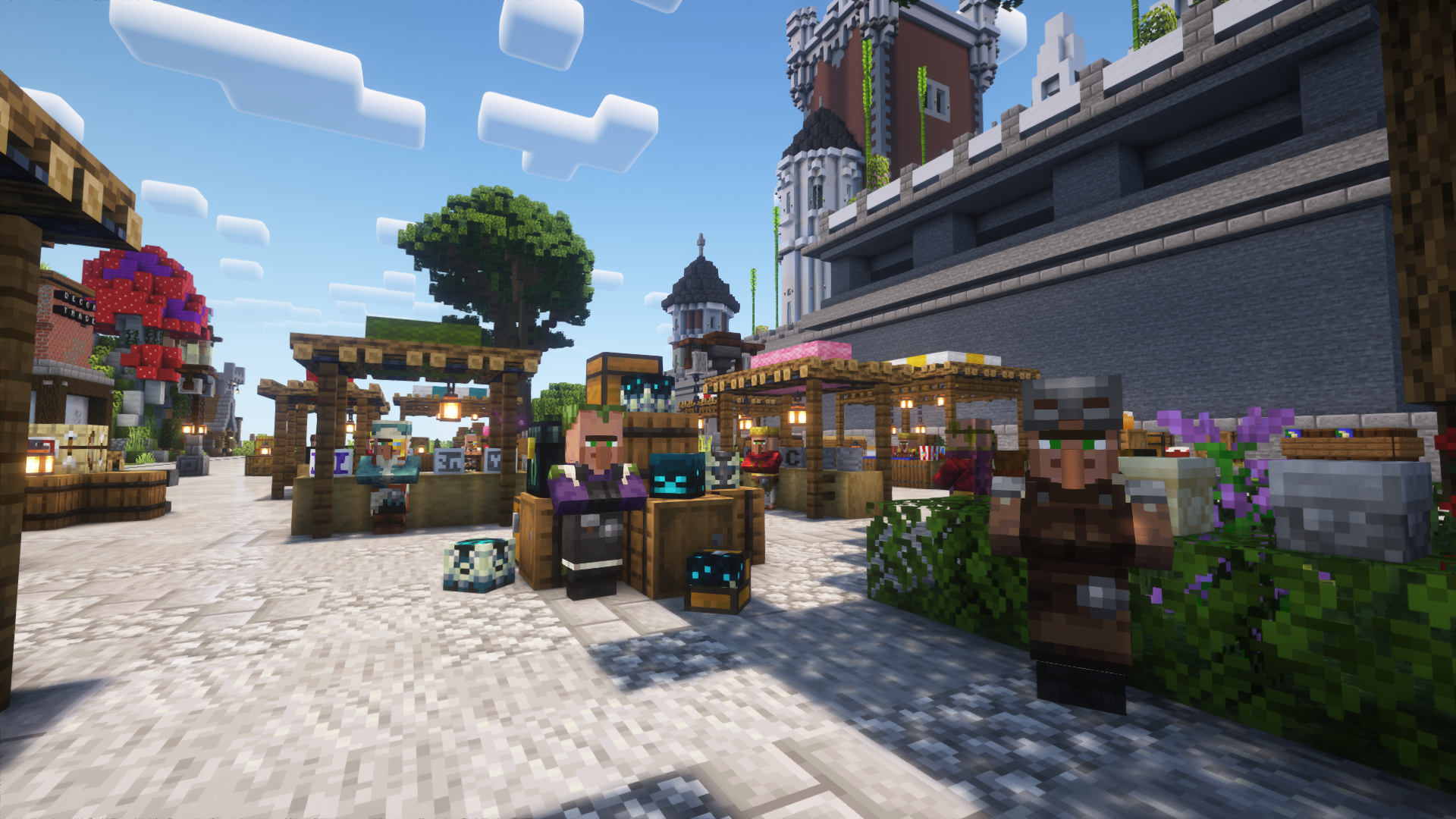Transforming your Minecraft world into a bustling shopping district introduces a dynamic economy where players can buy and sell various items. To ensure a fair and thriving marketplace, understanding how to price items effectively is crucial. This guide will walk you through the steps of establishing reasonable and competitive prices within your Minecraft shopping district.
Step 1: Assess the In-Game Economy
Before determining prices, evaluate the scarcity of resources in your Minecraft world. Consider the availability of essential items like ores, wood, and food. A scarcity of certain materials may warrant higher prices, reflecting the demand and difficulty in obtaining them.
Step 2: Consider Supply and Demand
Take note of popular items that players frequently seek and adjust prices based on their demand. If an item is plentiful but heavily sought after, you may increase its price slightly. Conversely, items in abundance with low demand can be priced more affordably.
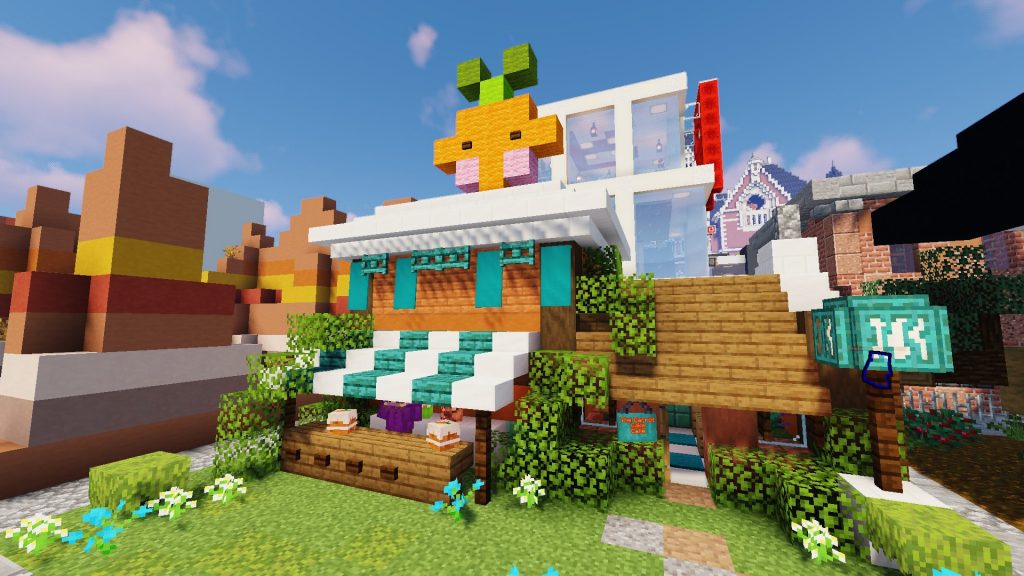
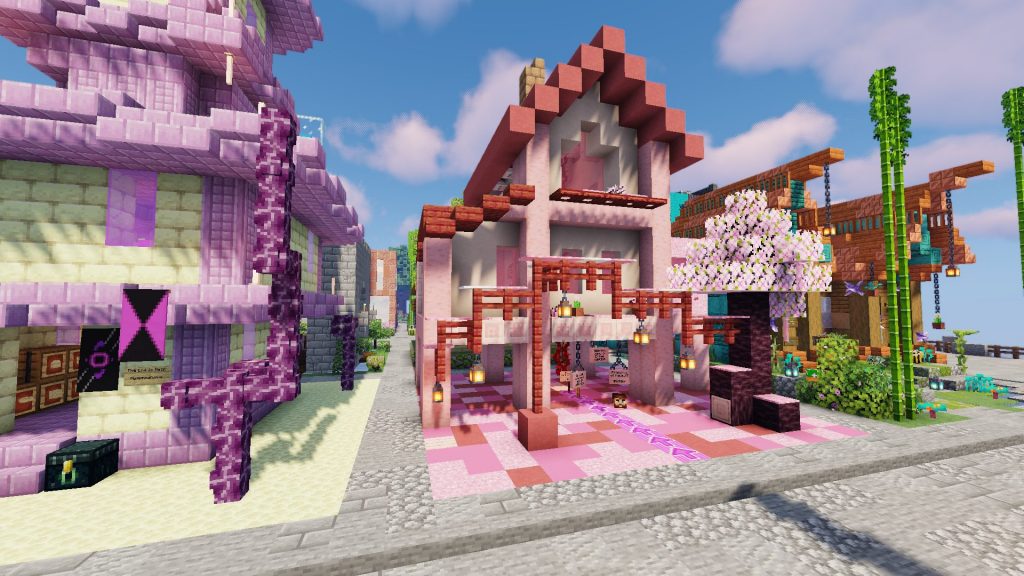
Step 3: Factor in Rarity and Difficulty
Assign values based on the rarity and difficulty of obtaining specific items. Rare materials or items obtained through challenging activities (such as enchanted gear or rare drops) should be priced higher than common items readily available in the Minecraft world.
Step 4: Research Other Shops
Visit other shops in your shopping district to gauge the pricing strategies employed by fellow players. While maintaining competitiveness is essential, avoid undercutting prices drastically, as this can lead to an unhealthy economy and discourage fair trading.
Step 5: Implement a Currency System
Establish a currency system within your shopping district, whether it’s in-game emeralds, diamonds, or a barter system. Clearly communicate the accepted currency and its exchange rate with other valuable resources. Consistency in currency simplifies transactions and pricing.
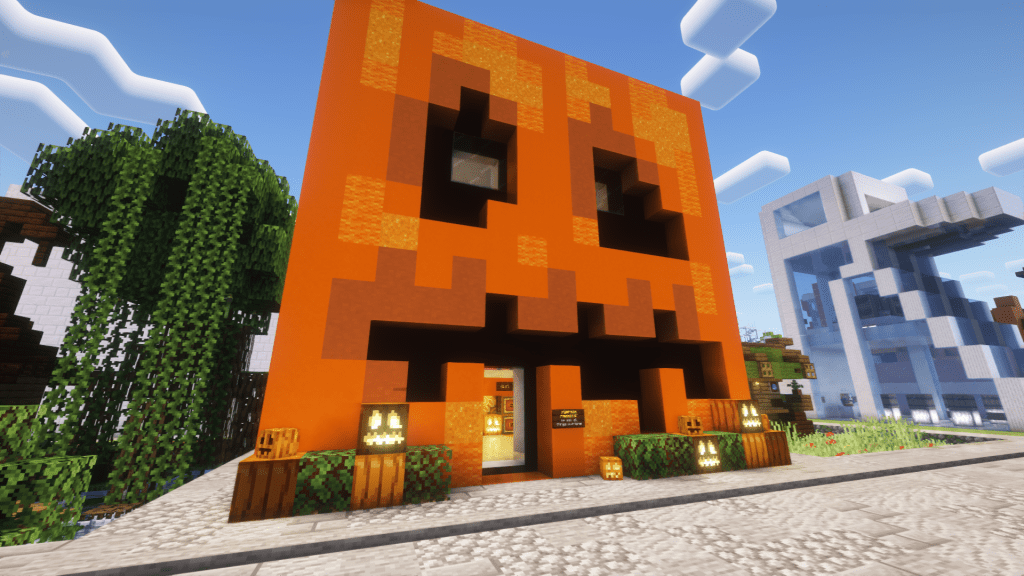
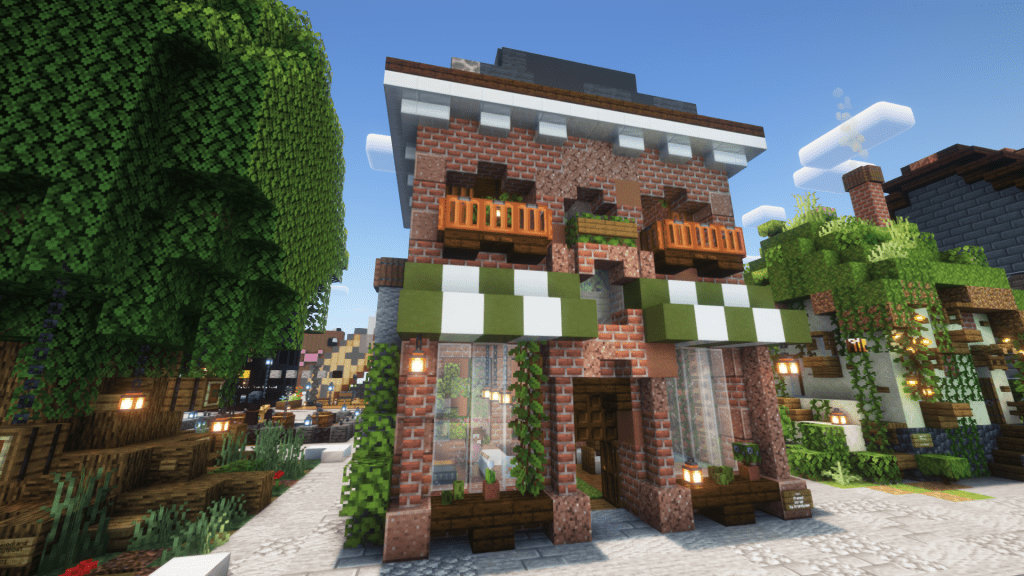
Step 6: Set Standardized Prices for Common Items
For commonly available items like basic materials (stone, wood, etc.) and food, consider setting standardized prices. This simplifies the shopping experience for players and ensures a fair market value for everyday essentials.
Step 7: Offer Discounts and Promotions
Add an extra layer of excitement to your shopping district by occasionally offering discounts, promotions, or bundled deals. This not only attracts customers but also introduces a dynamic element to your marketplace.
Step 8: Monitor and Adjust Prices Periodically
Regularly review the pricing structure in your shopping district based on the evolving in-game economy and player feedback. Adjust prices to maintain balance and ensure that your marketplace remains fair and enjoyable for all participants.
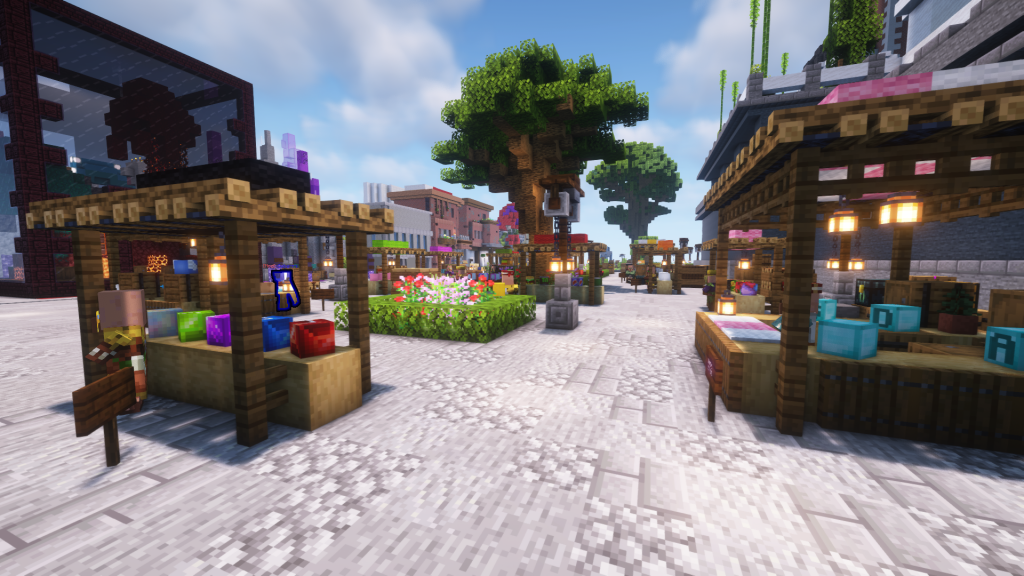
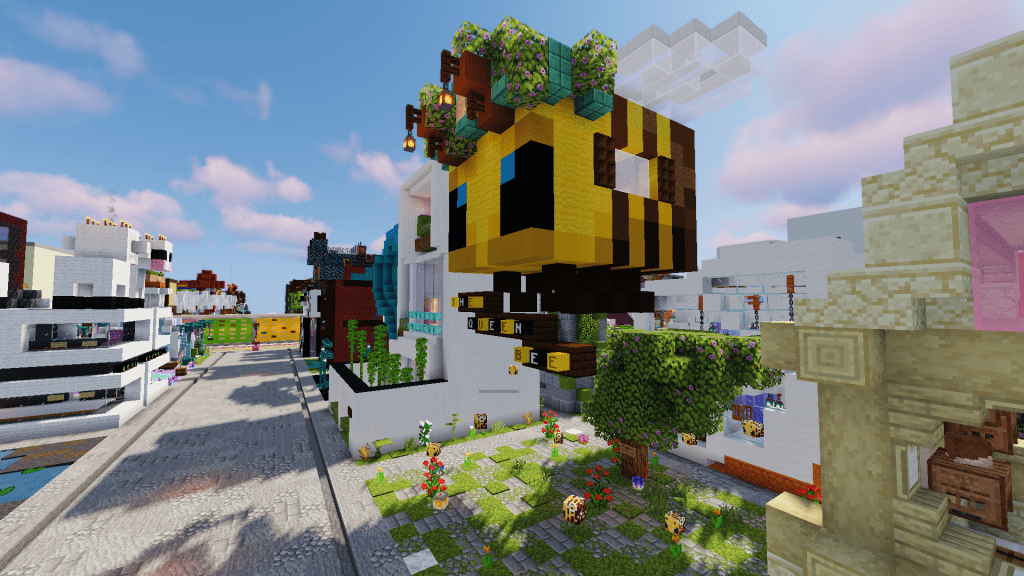
Step 9: Create Information Boards
To assist players in understanding the pricing structure, create information boards or signs near each shop, detailing the accepted currency, pricing rationale, and any ongoing promotions or discounts.
Conclusion
By following these steps, you’ll be equipped to establish a fair and thriving economy within your Minecraft shopping district. Crafting competitive and reasonable prices contributes to a positive trading experience, fostering a vibrant community of players engaged in commerce. Happy trading in your Minecraft shopping district!
